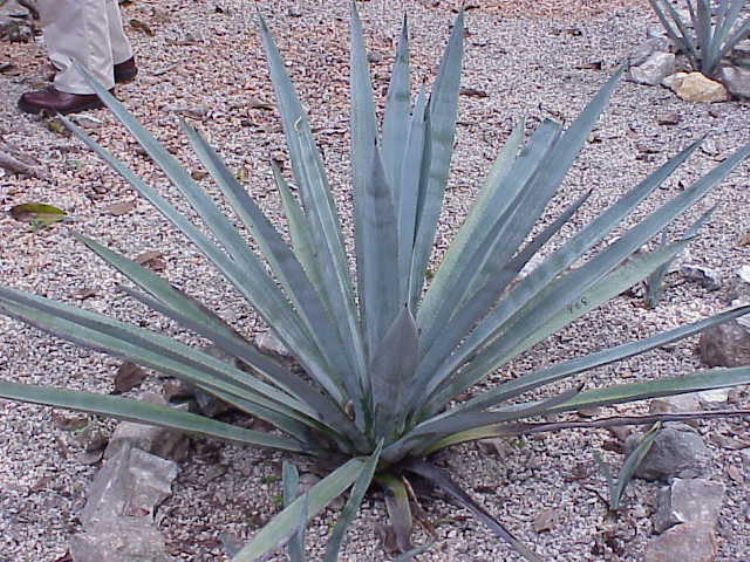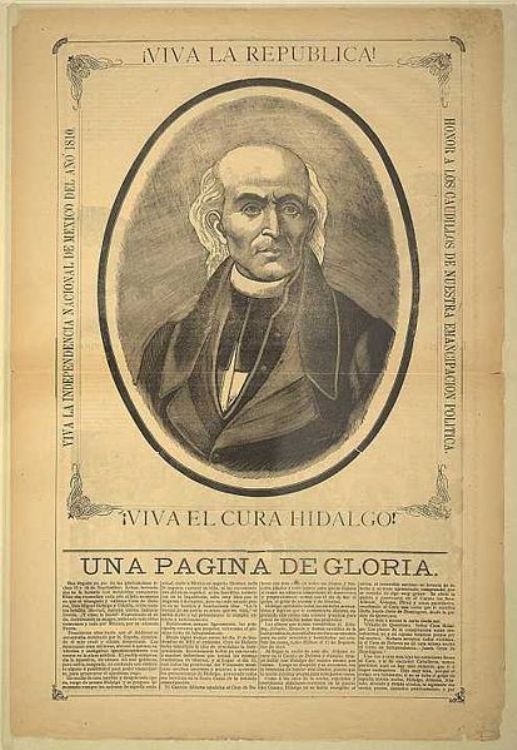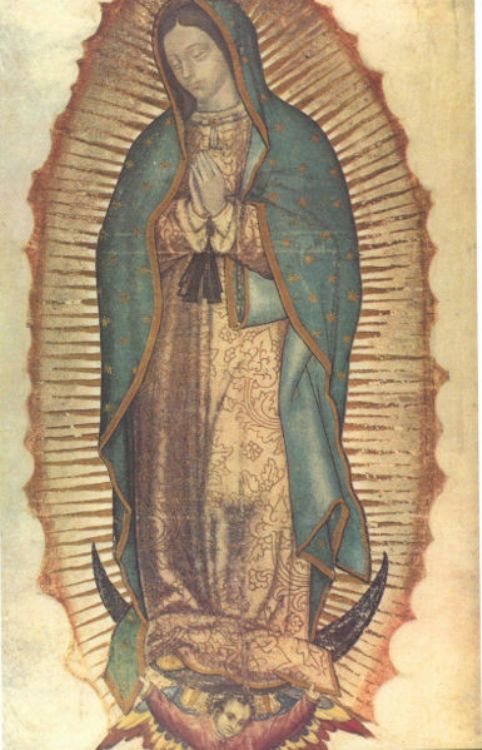The Famous Mexican Tequila

Tequila is currently the national drink by excellence, and even though it wasnât known as a distilled product until the XVIII century, there was an important history of its intake among the prehispanic people who planted the agave, associating it to healing and religious properties.
Even though the fertile soil, climate and altitude of Mexico are proper for the production of different agave types, tequila is only obtained from the Agave Tequilana Weber variety. This plant requires extreme care, reaching its initial maturity stage at 8 years of age, which can even be at twelve or sixteen years in the case of plants destined for the production of aged tequila.
This plant has special characteristics that give its beauty and make it endure. It is meaty and fibrous; its blue or gray color is due to waxes for humidity conservation.
The preparation process is a whole ritual that requires experience and specialization. It is important to know the plants for their maturity stage and to have the skill for precise cuts, which will strip the plant from its leaves and thorns, leaving only its heart, called piña, transported for processing. The agave heart is cut in half and cooked in stainless steel containers. This procedure is of great complexity and importance, submitted to an approximate pressure of 1.2 Kg/ cm2 for many hours, up to 18 hours before it is taken out of the containers.
It is shredded after cooking for obtaining the agaveâs fiber. Its juice will be extracted later by directly injecting water at a high pressure for a greater yield of the plantâs juice. This is of utmost importance for preparing the beverage. The juice is conduced to vats adding yeast for accelerating the fermentation process, produced in a special room where it is kept for approximately three days.
Once the agaveâs sugars are fermented, they will be transformed into ethyl alcohol during the distillation process, obtaining a 55% alcohol volume in the first stage. This will be stored in the barrels that will ultimately define the type of tequila obtained; white, rested or aged. Also depending on this selection is if the obtained juice is or isnât mixed with other sugars or colors. When the time programmed for the stored tequila is reached, it is sent through a process of dissolution with distilled water, reducing the alcohol volume to 38%.
It is important to mention there are hygiene norms determining the time tequila should rest barrels, the barrelâs wood and the alcohol volume each must contain. Labeling, packaging and consumer information is also regulated.
Another important aspect of tequila is it must have the Protected Designation of Origin (PDO), which is the recognition of the authorities that the final product comes from a geographical zone, from plants with specific characteristics and with an elaboration complying with official norms. Hence no other place in the world can produce Tequila, because it can only be made from the plant produced in México Agave Tequilana Weber that grows in the States of Jalisco, Nayarit, Michoacán, Guanajuato and Tamaulipas, with a process abiding by all the official regulations.
For all of these reasons, tequila is the national beverage, besides its production ritual, it represents festivity, friendship, earth and the fieldâs value, characterizing Mexican culture.
Click on the PLAY button to watch the Video.
Artículo producido por el Equipo Editorial Explorando México.
Copyright Explorando México, Todos los Derechos Reservados.
Fotografía Tomada de Wikipedia.Org Ver Autor y Licencia






.jpg)